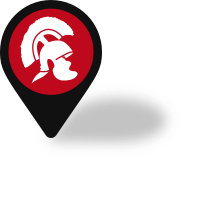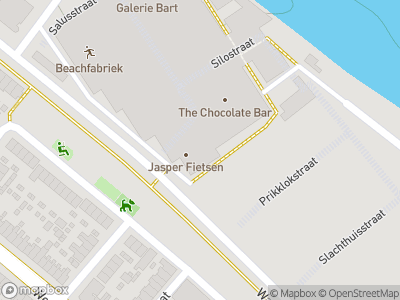The remains of an entire roman city are hidden just below the ground on which west Nijmegen is built. Many important public buildings were located in the northern part of this city, like a big temple and the public thermae. In 1992 we were able to catch a glimpse of these public baths.
Thermae
During the construction of a warehouse near the Honig factory in 1992 archaeologists stumbled upon the remains of a roman floor heating system (hypocaustum). The floor was part of the warm water bath of a large public bathing facility. Because all these baths were built following the same general set of rules we know that the building was about 90 by 90 meters big. Easily making this the biggest public bathing complex in the Netherlands.
Use
The thermae were split up in a few parts. Except for the area with the warm water bath (caldarium) there was also a lukewarm water bath (tepidarium), a cold water one (frigidarium) and a sweating area (sudatorium). You could get a massage there and even order food and drinks. There were also dressing rooms, public restrooms, a sports field, an outdoor bath and sometimes even a library. It is quite similar to a modern health club or sauna. They are also quite comparable to Turkish Baths.
Social
Roman public bathing was open to everyone. You could go there from the start of the afternoon till somewhere in the evening. Men and Women mostly bathed separately: early in the afternoon the women after that the men. The thermae were especially popular amongst the more affluent. Here they met to discuss politics and share the latest gossip. Romans in the higher classes were very passionate about hygiene and health. Because of this the thermae held a very important position in society.












